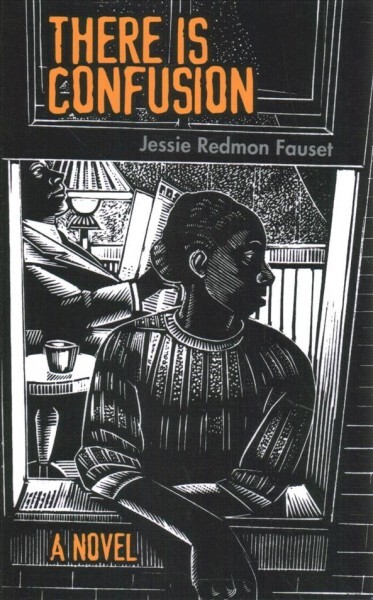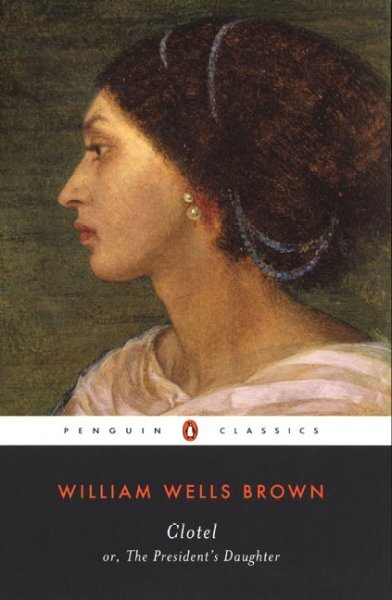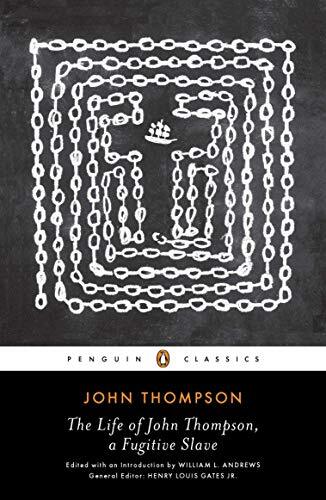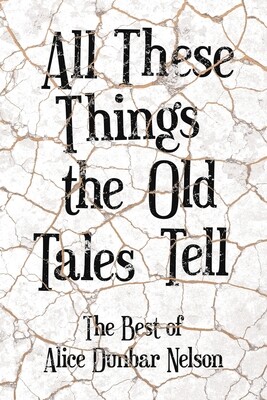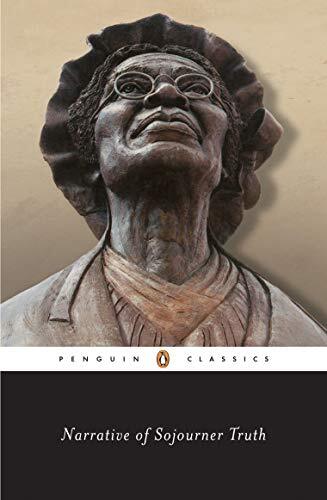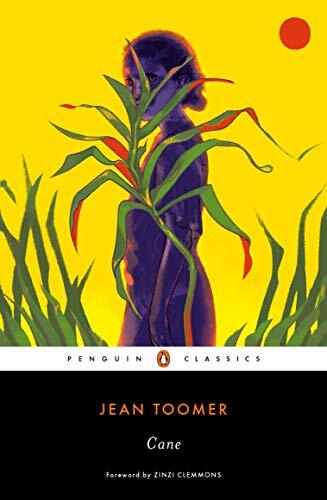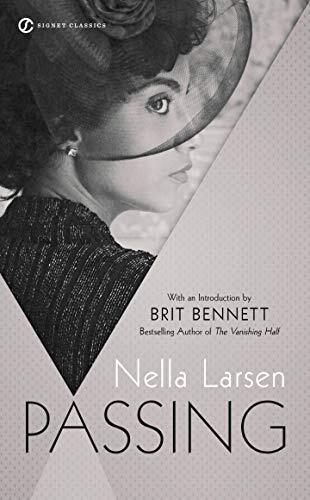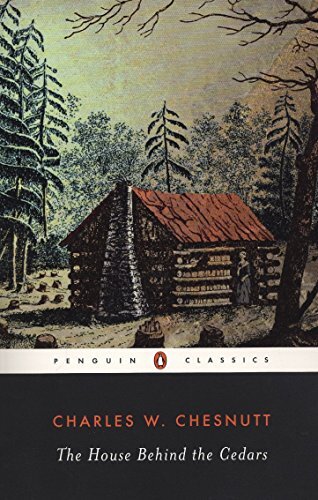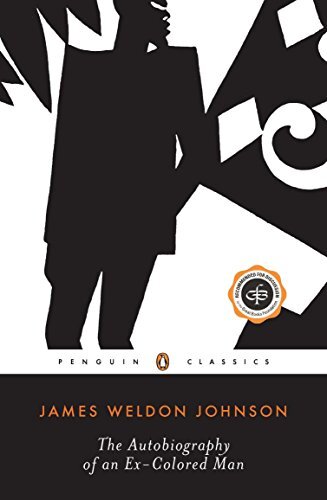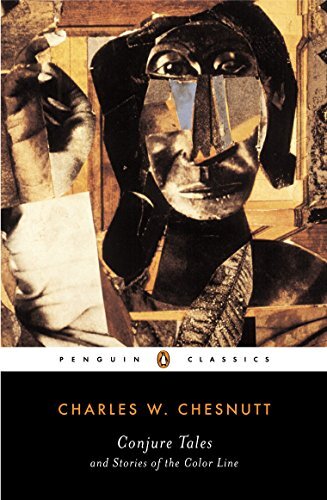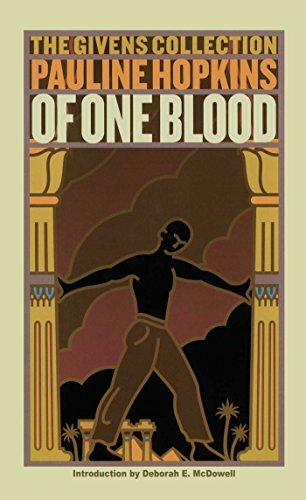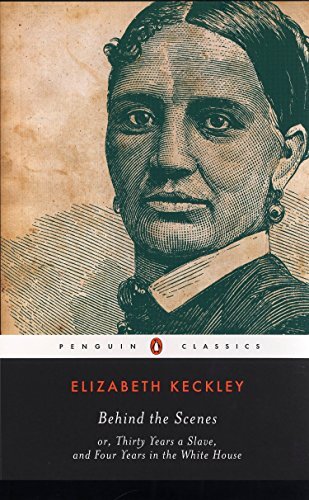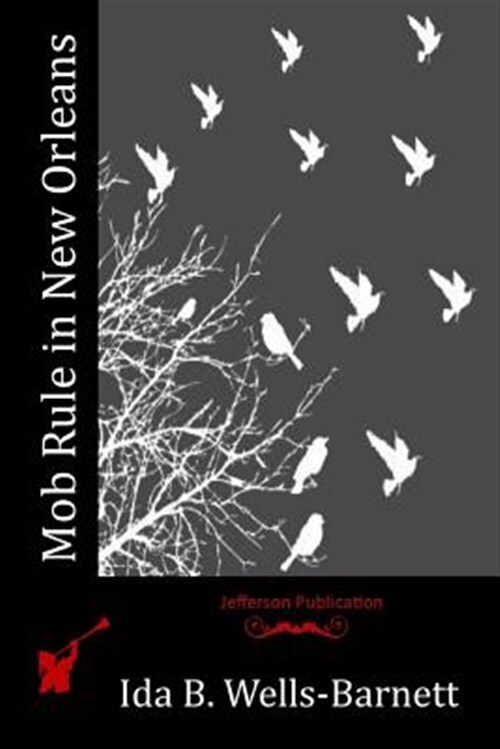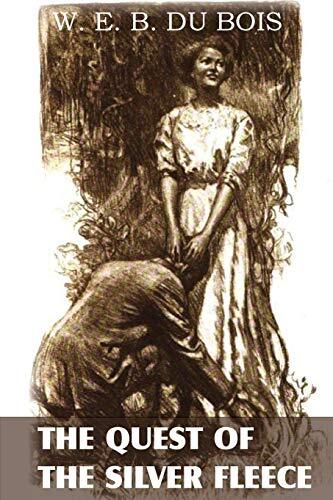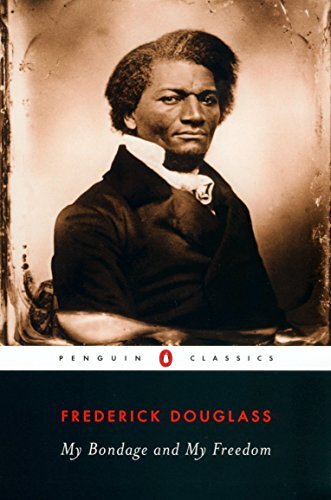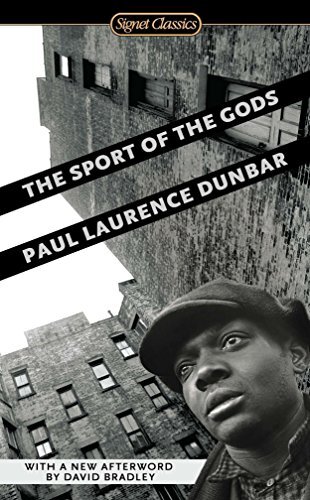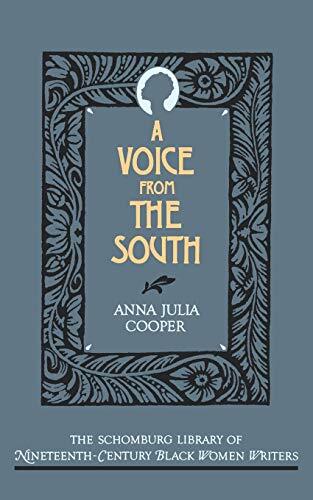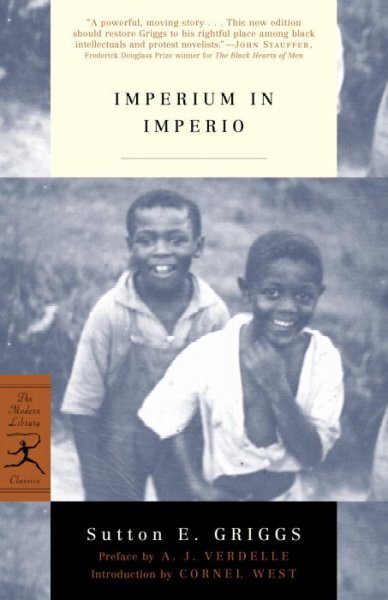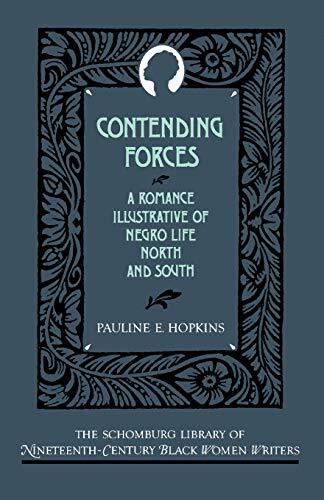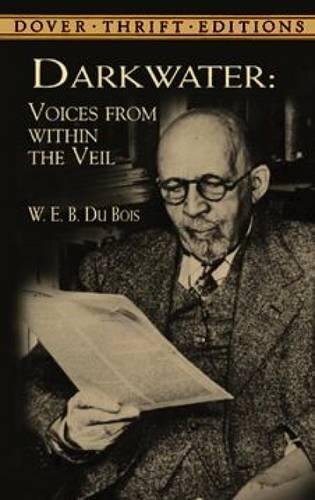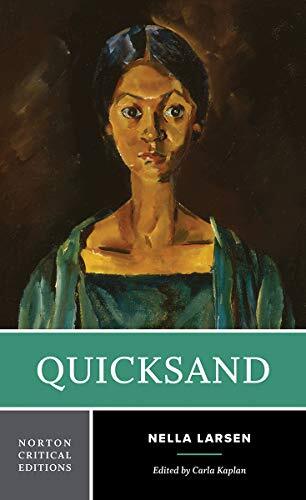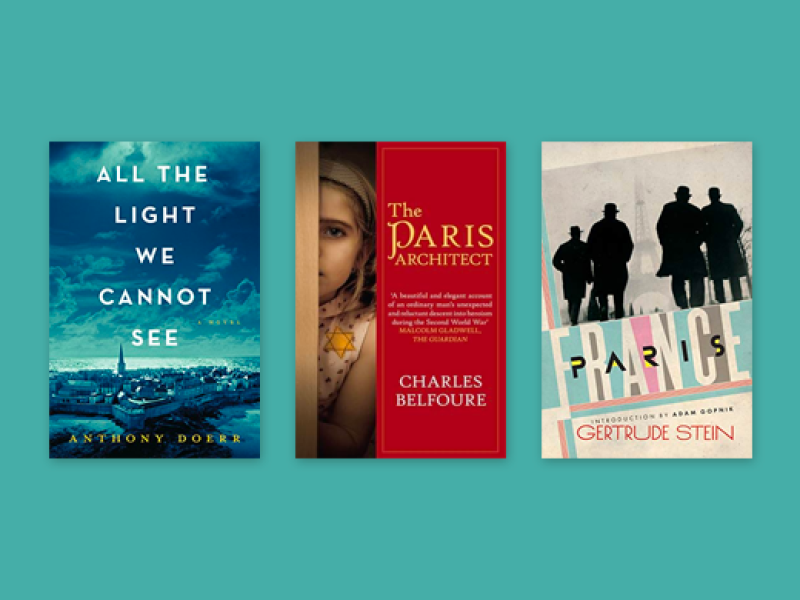When our colleagues at Amazon Classics shared a list of public domain books written by African American authors that they were reissuing via the Kindle, we thought it was important to talk about these books. The works listed below include novels, memoirs, autobiographies, short stories and essays, poetry, and investigative journalism.
25 books by African American authors
Published in 1924, this novel follows the life of three young people as they search for love, money and success. Redmon Fauset (1882-1961) was an important figure in the Harlem Renaissance, working as an editor, poet, and novelist. As literary editor of The Crisis magazine, she promoted writing about social reform.
A powerful novel, published in 1853, about slavery. Based on Thomas Jefferson’s relationship with the enslaved Sally Hemings, the novel sees Jefferson father two daughters, who both become Jefferson’s property at birth. Wells Brown (circa 1814-1884) was born in Kentucky and escaped from slavery by fleeing to Ohio at 19.
A novel published in 1901. The book mirrors the real events in 1898 in Wilmington, North Carolina, when white supremacists took control of the government. Incredibly relevant to today’s world, the novel sees a white supremacist newspaperman sowing seeds of unrest in a segregated city. Chesnutt’s novels and short stories examine the struggles in the South in the aftermath of the Civil War.
Originally published in 1856, this is a harrowing non-fiction account of Thompson’s enslavement, escape, and life as a free man living with constant fear of recapture. Thompson’s fugitive experiences include a whaling voyage.
Dunbar-Nelson (1875-1935) was a journalist, political activist, and poet, and part of the first generation of African American southerners born into freedom after the Civil War. This book contains a collection of her best poetry.
Sojourner Truth escaped from slavery with her infant daughter in 1826. After going to court to recover her son in 1828, she became the first Black woman to win such a case against a white man. This memoir from 1850 describes her experiences as a slave in upstate New York and her work as an abolitionist, orator and preacher.
One of the most significant works to come out of the Harlem Renaissance, Cane is considered to be a masterpiece in American modernist literature because of its distinct structure and style. First published in 1923 and told through a series of vignettes, Cane uses poetry, prose, and play-like dialogue to create a window into the lives of African Americans in the rural South and urban North during the Jim Crow era.
First published in 1929, Nella Larsen's exploration of race and identity was adapted into a Netflix film directed by Rebecca Hall, starring Tessa Thompson and Ruth Negga. Irene Redfield is a Black woman living a comfortable life with her husband and children in Harlem in the 1920s. When she reconnects with her childhood friend Clare Kendry, who is similarly light-skinned, Irene discovers that Clare has been passing for a white woman after severing ties to her past.
Chesnutt’s first novel, published in 1900 by Houghton Mifflin. The story is set in North and South Carolina following the Civil War with two young African Americans pretending to be white. Based on Walter Scott’s Ivanhoe.
Weldon Johnson (1871-1938) was an American writer and civil rights activist. He was appointed by Theodore Roosevelt as US consul in Venezuela and Nicaragua between 1906 and 1913. In 1934, he became the first African American professor at New York University. This novel describes the narrator's life from his birth in Georgia just after the end of slavery through to a musical career in New York.
This is a collection of short stories derived from African American folk tales. They include supernatural events and resistance to white culture. First published in 1899, the book follows the tradition of Uncle Remus, and shows an uneasy meeting between the old South and a transforming new world. Chesnutt's tales probe psychological depths unheard of before in Southern regional writing. They also expose the consequences of racial hatred, mob violence, and moral compromise. This collection contains all the stories in Chesnutt's The Conjure Woman and The Wife of His Youth.
The last of four novels written by Hopkins (1859-1930), who worked during the Harlem Renaissance. Hopkins tells the story of Reuel Briggs, a medical student with little appreciation of African history, who finds himself in Ethiopia on an archeological trip. Driven to steal lost treasures, he gets more than he bargained for.
Non-fiction. Keckley describes her life from enslavement in Virginia and North Carolina to her time as seamstress to Mary Todd Lincoln in the White House during Lincoln's administration. First published in 1868, Keckley bought her freedom at the age of 37 and set up a successful dressmaking business in Washington, D.C. This book fuses slave narrative with political memoir.
First published in 1892, this novel tells the story of the daughter of a wealthy Mississippi planter who travels to the North to attend school, only to be sold into slavery when it is discovered that she has African American heritance. Watkins Harper (1825-1911) was an abolitionist, suffragist, writer and, a teacher. Harper published her first book of poetry at 20 and published Iola Leroy at the age of 67.
Wells-Barnett (1862-1931) was a pioneering investigative journalist. Freed from slavery by the Emancipation Proclamation, Wells-Barnett’s articles documented racial violence, particularly lynchings where she used investigative reporting methods commonplace today. This is a pamphlet originally published in 1900. It begins with a police incident remarkably similar to the events that sparked the Black Lives Matter protests in the summer of 2020. The book concludes with a horrific list of killings.
Du Bois was a founder of the Niagara Movement, an African American protest group. He also helped found the National Association for the Advancement of Colored People (NAACP) in 1909. The Quest of the Silver Fleece is Du Bois’ first novel published in 1911. It tells the story of a young man in search of a better future, who travels from Alabama to Washington, D.C., but is disillusioned by racial prejudice and inequality.
Published in 1855, this is Douglass' second autobiography. Douglass became famous for his powerful speeches and essays on slavery and social justice. His first autobiography Narrative of the Life of Frederick Douglass was published in 1845. He published a third after the Civil War, Life and Times of Frederick Douglass. My Bondage and My Freedom is a powerful insight into the mind of someone fighting for equal rights.
In this 1924 book, Du Bois recounts the history and contribution of African Americans to American society. He chronicles their role in early exploration, agriculture, on the battlefield, and their cultural creativity.
Published in 1902, this novel explores urban life. Dunbar’s story describes a Southern family's struggle to survive in Harlem. Dunbar was an accomplished poet and playwright.
Non-fiction. Considered an early Black feminist text, this collection of essays, first published in 1892, offers an insight into the thoughts of African American women writers in the 19th century. Cooper argues that higher education is the key to ending women's physical, emotional, and economic dependence on men.
An alternative history fiction novel published in 1899 about Black empowerment. It describes the life of Belton Piedmont, an educated man in the south and his role in a shadow government of African Americans run out of a college in Texas. Piedmont’s vision of empowerment clashes with the direction taken by a childhood friend. Griggs (1872-1933) was a Baptist minister and social activist.
First published anonymously in 1859, this book is an autobiographical novel that describes the life of a woman in the pre-Civil War era. Wilson (1825-1900) was only identified as the true author of the novel in 1982. It is believed to be first novel published by an African American.
Hopkins used the romantic novel format to explore social and racial themes. Published in 1900, this novel has a romantic plot featuring an educated African American family.
Published in book form in 1920, Du Bois first published these essays, sketches, and poems in periodicals. His writing demands social, political, and economic reforms for Black Americans.
This is Nella Larsen's powerful first novel. Born to a white mother and an absent Black father, and despised for her dark skin, Helga Crane has to fend for herself. As a young woman, Helga teaches at an all-Black school in the South, but even here she feels different. Moving to Harlem and eventually to Denmark, she attempts to carve out a comfortable life and place for herself.
